The AI Advantage: Unlocking New Value for Procurement Teams
World of Procurement blog
MAY 10, 2024
Some of the key capabilities and use cases for AI in procurement include: Automating repetitive and routine tasks : AI can take over low-value tasks like invoice processing, purchase order creation, expense report auditing, and other administrative workflows. This frees up procurement professionals to focus on high-value strategic activities.

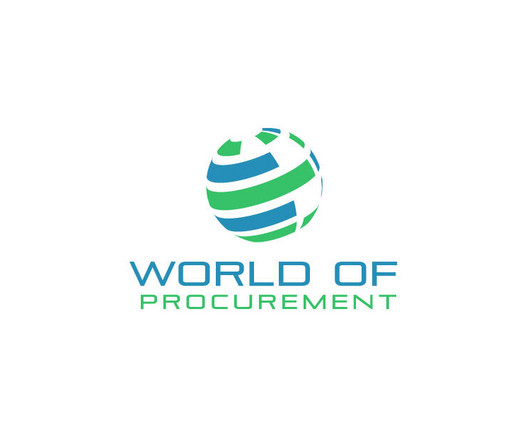


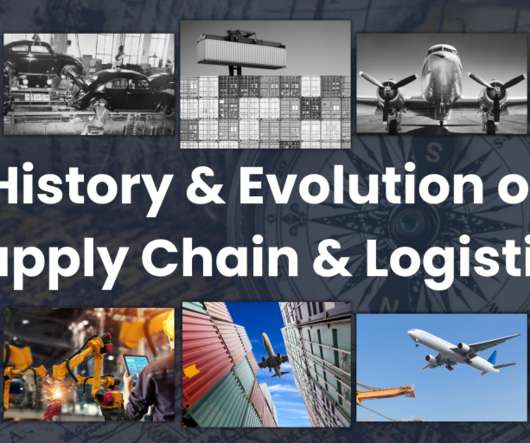

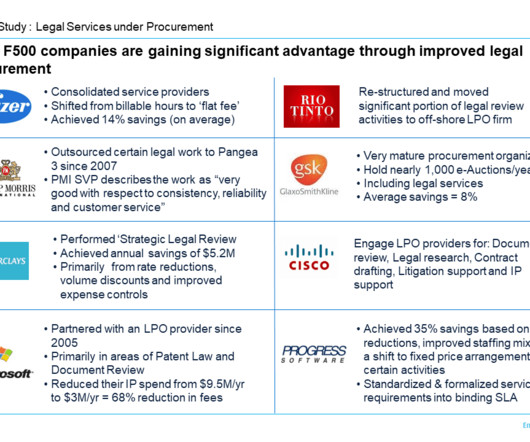
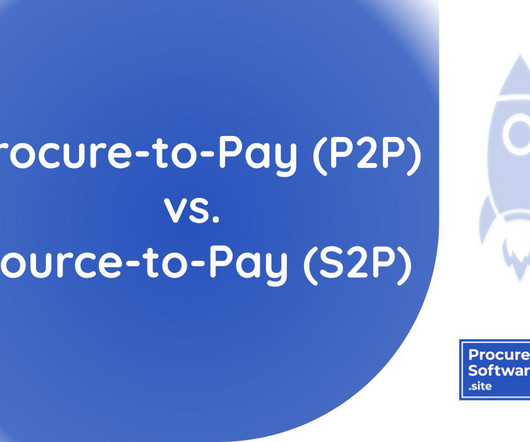
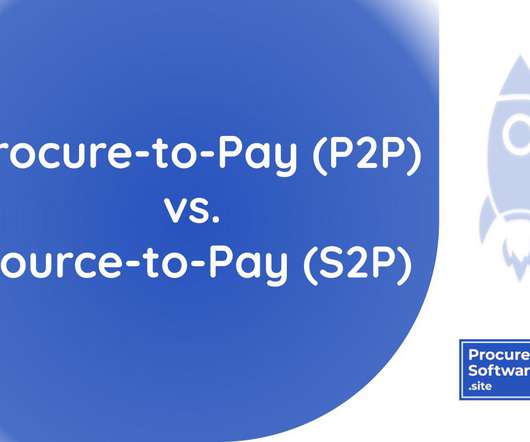






Let's personalize your content